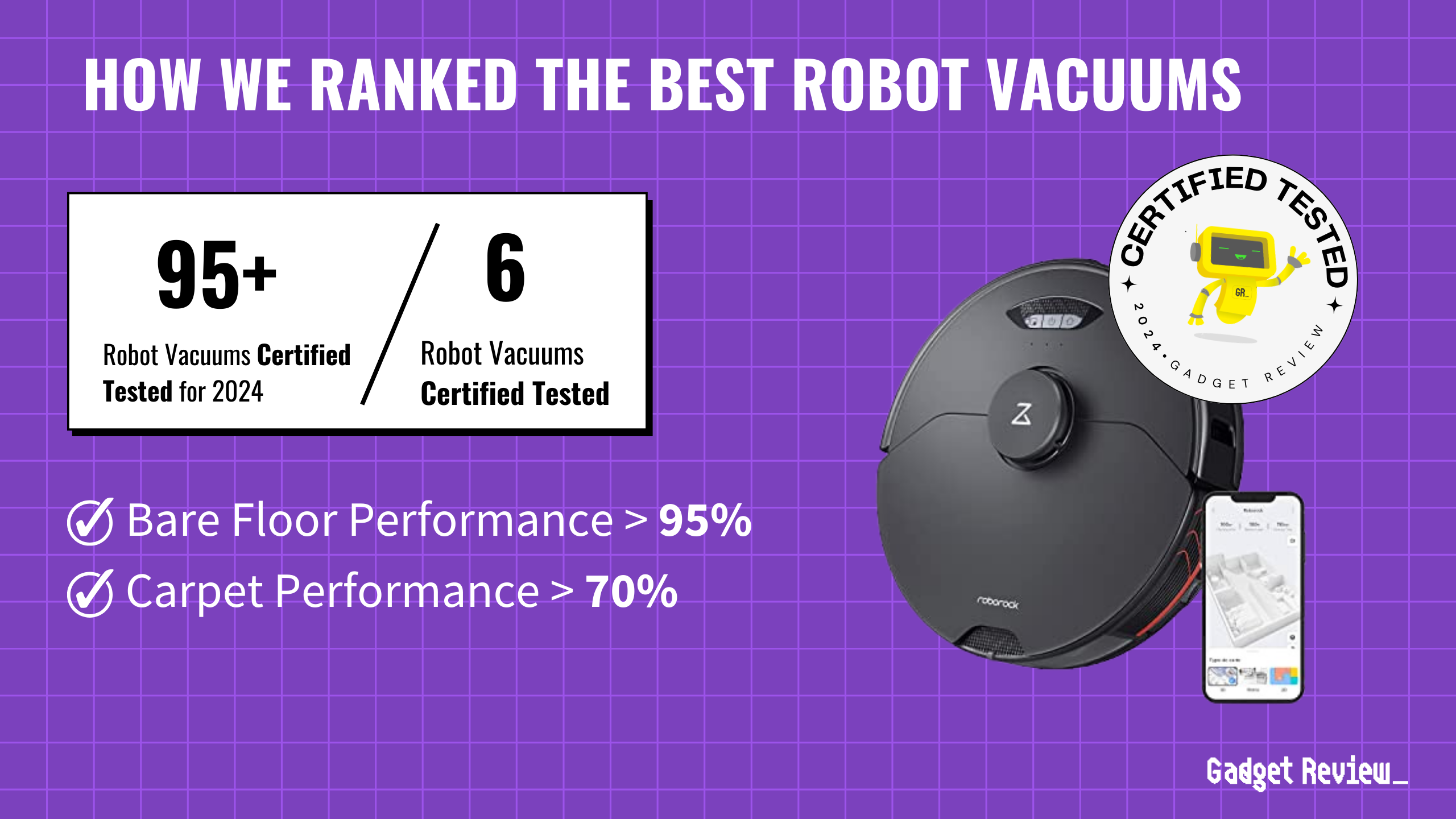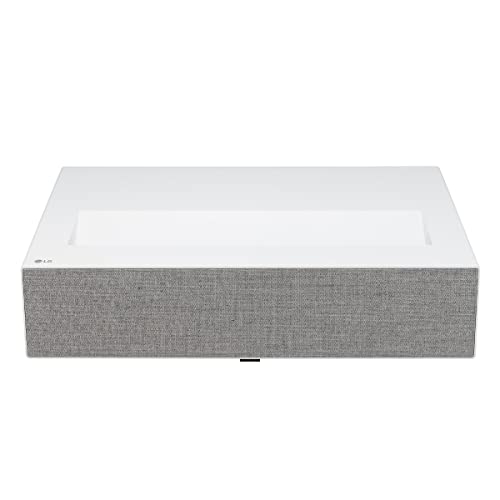Why it matters: Hawaii is taking a significant step towards its goal of 100% renewable energy by 2045 with the deployment of a massive wave energy converter off the coast of Oahu. This project not only demonstrates the state’s commitment to sustainable energy but also positions Hawaii as a leader in innovative renewable technologies.
Key details:
- The OE-35 buoy, measuring 125 feet by 59 feet and weighing 826 tons, has been deployed at the U.S. Navy’s Wave Energy Test Site (WETS)
- The device has a potential rated capacity of up to 1.25 megawatts in electrical power production
- It will be connected to Hawaii’s electric grid via an undersea cable after final testing
How it works: According to New Atlas, the OE-35 harnesses the kinetic energy of ocean waves to generate electricity. As waves move the buoy up and down, it drives a hydraulic pump connected to a turbine, producing power. This technology offers a more consistent energy source compared to solar or wind due to the predictable nature of ocean waves.
Dr. Patrick Cross, Marine Energy and Wave Energy Test Site Lead at the University of Hawaii stated: “In October, it looks like we’re gearing up now for making that device operational, which means picking up our shore cable from the seabed and connecting in their ‘umbilical-cable,’ as we call it, and splicing that in, and then the device would actually be sending power onshore to the Marine Corps Base grid, and thus to the HECO Oʻahu power grid,” Cross told HPR.
Collaborative effort: Govtech reports that the $12 million project is a result of international cooperation:
- Partly funded by the U.S. Department of Energy and the Sustainable Energy Authority of Ireland
- Supported by the University of Hawaii and the U.S. Navy
- Hosted at Marine Corps Base Hawaii, which has been instrumental in the project’s logistics and infrastructure
Looking ahead: While the OE-35’s output is a small fraction of Hawaii’s total energy needs, it represents a significant milestone in the state’s renewable energy journey. The success of this project could pave the way for larger-scale wave energy installations and inspire similar initiatives worldwide.
The bigger picture: As climate change concerns grow, Hawaii’s wave energy project demonstrates the potential of ocean power as a viable renewable energy source. This initiative not only supports the state’s sustainability goals but also enhances its appeal as an eco-friendly tourism destination.




















